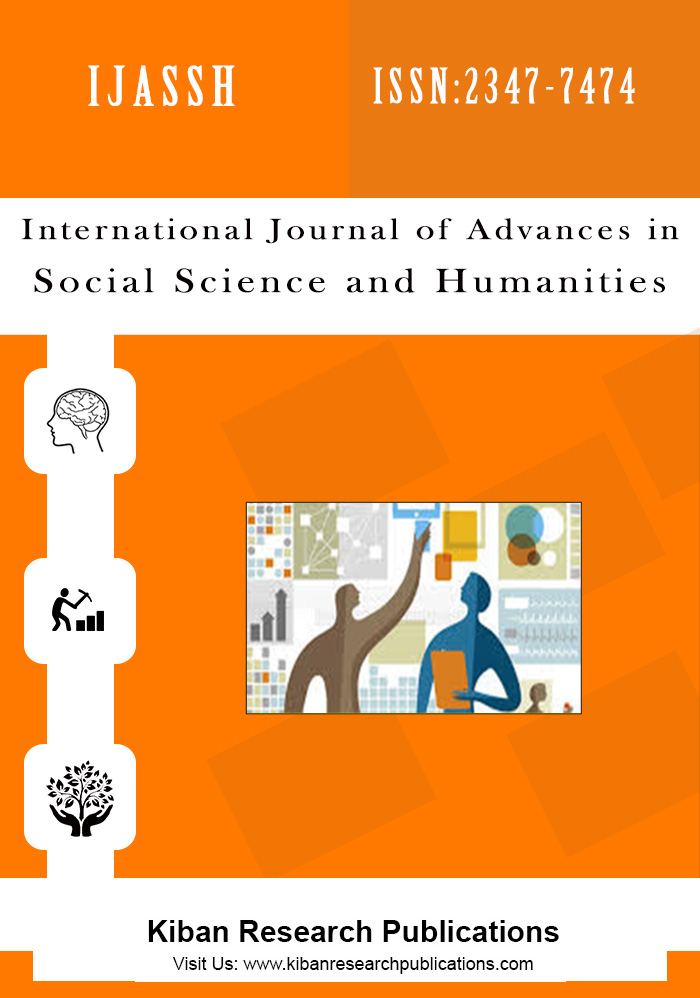Citizen Engagement and Participatory Governance: Comparative Study of India and China
Abstract
 The development of a modern nation is based upon the infrastructure and the Governance process. It is a herculean task to understand the rigid administrative structure of China and India. The comparison has been necessitated due to the competitive world market. The government structure and the availability of various facilities are some of the critical parameters in understanding the issues. The paper seeks to probe the various issues that interfere in the day to day administration. India and China represent two different nations in the Asian region. China with a Communist political regime has a population of 1.36 Billion and commands a GDP growth of $9.24 Trillion. Interestingly, India with a democratic regime and a population of 1.25 Billion commands a lower GDP of $1.88 trillion. In recent times reforms in civil services, accountability, transparency etc attracted the attention of the world. A look at Chinese administrative structure shows a pitiable condition of the present public policies. The issues of social welfare predominates the agenda. For an average Chinese civilian an accountable government, reason, security, human rights, transparency, justice, opportunity, innovation and inclusiveness constitute the core values to lead a life of dignity. Some of the challenges that India and China experience are related to Demographic challenges, environmental degradation, rising middle classes, malfunctioning of the bureaucracy etc. An interesting observation made by Political and Economic Risk Consultancy Limited a Hongkong (2012) firm is worth mentioning. It had registered Indian bureaucracy in Asia at 9.21 out of 10, while China was 7.11 over 10points. Some of the key factors that were highlighted include-inadequate infrastructure and corruption, bad taxation system, environmental regulations and non- accountability of the bureaucratic classes. Another Report of the World Bank 2014 while ranking on the ease of doing business in 189 economies gave China 90th position, Hongkong 3rd, The USA 7th , Japan 29th and India 142nd .The paper seeks to explore the concepts of participatory action and engagement between the authorities and citizens. Can we extend the argument to understand the local governance in China too?
Keywords: Governance: UNDP notes that: “Good governance is, among other things, participatory, transparent and accountable. It is also effective and equitable. And it promotes the rule of law. Accountability: To be accountable for the job especially for civil servants. Transparency: Openness in administration. Innovation: New Techniques, Local Governance: Local administration with small distinct units.




